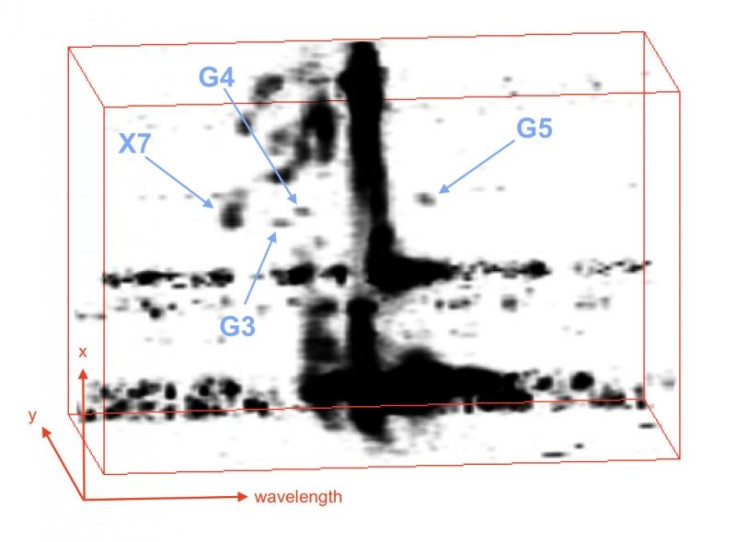Bizarre Dust-Cloaked Objects Spotted Near Milky Way’s Supermassive Black Hole

The supermassive black hole sitting at the center of our galaxy is full of anomalies, but just recently, a group of astronomers reported the discovery of another mystery near the humongous void — bizarre objects that appear to behave like stars, but remain hidden behind a veil of dust.
These dusty stellar objects look like closely packed clouds of gas and are moving rapidly towards the central black hole.
“It is fascinating to watch them move from year to year,” Anna Ciurlo, the lead researcher behind the discovery, said in a statement.
Ciurlo and colleagues spotted the mysterious objects in 12 years’ worth of data collected by the W. M. Keck Observatory in Hawaii. They used the observatory’s OH-Suppressing Infrared Imaging Spectrograph or OSIRIS instrument to take spectroscopic measurements and analyze the complicated dynamics of gas and dust near the supermassive black hole.
The group hoped to witness subtle changes in their findings, but the results took a completely different turn.
“It was quite surprising to detect several objects that have very distinct movement and characteristics that place them in the G-object class, or dusty stellar objects,” Randy Campbell, science operations lead at Keck Observatory, said in the statement.
G-objects are extremely rare and have been discovered only twice in the past, G1 in 2004 and then G2 in 2012. On both these occasions, the objects, which also appeared like gas clouds, made their closest approach to the black hole but survived its gravitational tug due to some reason.
As a black hole this big can easily shred gas clouds apart, the observation posed a number of questions and hinted for the first time they might be something totally different.
“Our view of the G-objects is that they are bloated stars — stars that have become so large that the tidal forces exerted by the central black hole can pull matter off of their stellar atmospheres when the stars get close enough but have a stellar core with enough mass to remain intact,” Mark Morris, a co-principal investigator, added.
The researchers think these G-objects or bloated stars swell-up and grow bigger than normal stars due to excessive energy input from binary star mergers. Theoretically, the gravitational pull of a massive black hole could alter the orbital path of two stars orbiting each other and make them collide.
“In the aftermath of such a merger, the resulting single object would be "puffed up”, or distended, for a rather long period of time, perhaps a million years, before it settles down and appears like a normal-sized star,” Morris added.
This puffiness or the thick layer of gas and dust that cloaks the G-object is exactly what makes it a cosmic rarity.
However, the team at Keck observatory developed the tool required to see through the thick layer of haze and identify the potential G-objects and track their motion over time. As all three sources discovered in the latest observation carry the same physical characteristics borne by G1 and G2, the group said they could potentially be classified as G3, G4, and G5.

The team plans to continue the observation of the objects to see how they evolve and what happens when they make the closest approach to the black hole. The outcome of that encounter, set to happen in a few decades, will reveal the actual nature of the objects. The work might even provide crucial insight into the process driving the mergers of stellar mass black holes.
“Understanding G-objects can teach us a lot about the Galactic Center’s fascinating and still mysterious environment. There are so many things going on that every localized process can help explain how this extreme, exotic environment works,” Ciurlo concluded.
© Copyright IBTimes 2024. All rights reserved.




















